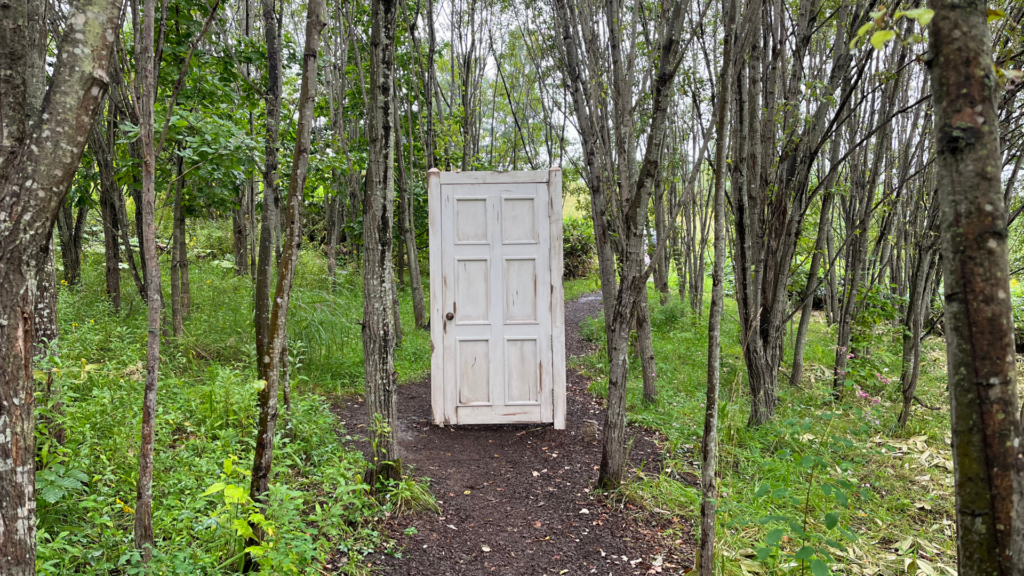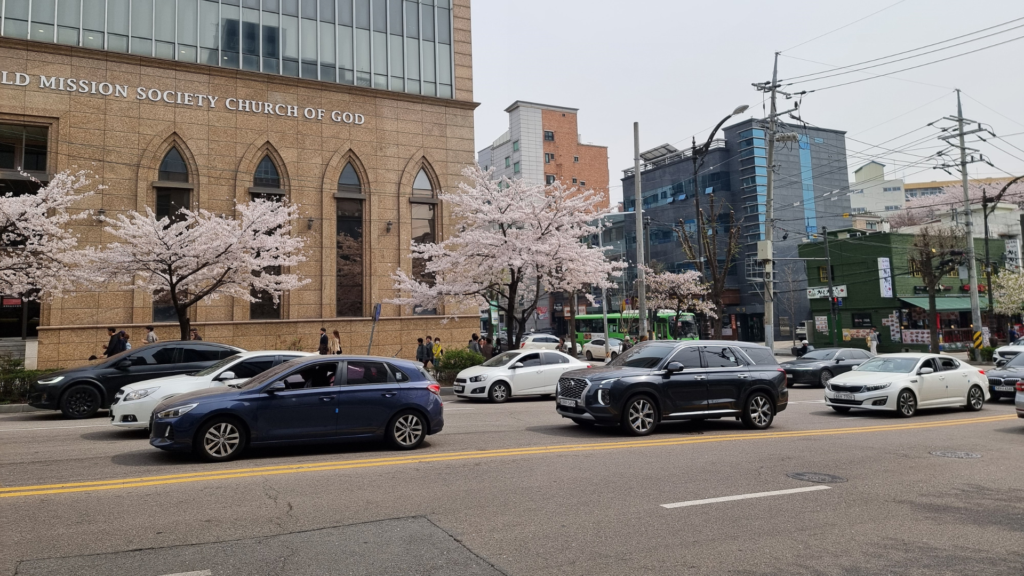The National Museum of Korean Contemporary History (대한민국역사박물관) opened its doors to the public on December 26, 2012.
The museum contains both the modern and contemporary history of Korea. It is located near Gwanghwamun (광화문). The artifacts contained in the museum bring history to life. They narrate the recorded story of Korea from the 1800s to the 20th century in great detail. This time marks the journey from the opening of ports until the difficulties that caused the development of modern Korea. Therefore, this museum provides a story and identity for future generations of Koreans. It provides them with a sense of belonging, a pride for the sacrifices made by elder Koreans, and familiarity with the ideas their ancestors fought for. It also creates the need to protect the Korean homeland among the new generation of young Koreans.
National Museum of Korean Contemporary History | Exhibitions
 The National Museum of Korean Contemporary History contains six exhibition halls. They consist of two special exhibition halls and four permanent ones. Among the permanent ones currently only Halls 1 and 2 are open to the public as Halls 3 and 4 are under renovation. The special exhibition is being displayed under the title of Independence, When That Day Comes. It has been on display since 22 February, 2019 and shall remain in place till 15 September, 2019. It mentions the fervor of Koreans in 1919. The March 1st Movement had started, marking a new age in Korean politics. The people attempted to engage an international audience regarding the injustices they suffered at the hands of the Japanese. This was a time for resistance among the Korean masses. Individuals came together in groups writing various declarations to demand independence. People from all walks of life gathered under this banner.
The National Museum of Korean Contemporary History contains six exhibition halls. They consist of two special exhibition halls and four permanent ones. Among the permanent ones currently only Halls 1 and 2 are open to the public as Halls 3 and 4 are under renovation. The special exhibition is being displayed under the title of Independence, When That Day Comes. It has been on display since 22 February, 2019 and shall remain in place till 15 September, 2019. It mentions the fervor of Koreans in 1919. The March 1st Movement had started, marking a new age in Korean politics. The people attempted to engage an international audience regarding the injustices they suffered at the hands of the Japanese. This was a time for resistance among the Korean masses. Individuals came together in groups writing various declarations to demand independence. People from all walks of life gathered under this banner.
The March 1st Movement had many people present at the scene. Some participants became active members of the independence movement. Others either left the country or opted for a pro-Japanese attitude. The museum displays the stories of seventeen people who were present during the movement. This included female participants, communism sympathizers, monarchists, humanitarian workers, poets and others. The second part of the special exhibition deals with the political activities that were taking place in Shanghai. It became the center of Korea’s independence movement outside of Korea.
Permanent Exhibitions
 Exhibition Hall 1 covers the period from 1876-1948, before the Republic of Korea. It explains why Koreans strove for independence. The need to become a modern nation was felt greatly by the Koreans. This was due to losing their sovereignty via Japanese colonization. They regained their liberties only in 1945. The items contained in this hall include the older versions of Korean flags, the original text of the March First Declaration of Independence of 1919, and a copy of the Korean national anthem of the Korean Empire.
Exhibition Hall 1 covers the period from 1876-1948, before the Republic of Korea. It explains why Koreans strove for independence. The need to become a modern nation was felt greatly by the Koreans. This was due to losing their sovereignty via Japanese colonization. They regained their liberties only in 1945. The items contained in this hall include the older versions of Korean flags, the original text of the March First Declaration of Independence of 1919, and a copy of the Korean national anthem of the Korean Empire.
Exhibition Hall 2 is concerned with the foundation of the Republic of Korea. It covers the period from 1948-1961. On display are various artifacts from the Republic of Korea. They cover the establishment of the first government and the events of the Korean War. The hall finally looks at the beginnings of a modern nation. Items that can be found here include an election poster for the general election of May 10, 1948. Also, with the reinstitution of Korean as the national language, new textbooks were produced with the first such textbook on display in this hall. Additionally, many war artifacts and weapons can also be seen here. Lastly, the first cars produced in Korea, Sibal (시발), have their models displayed here.















